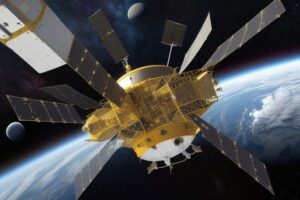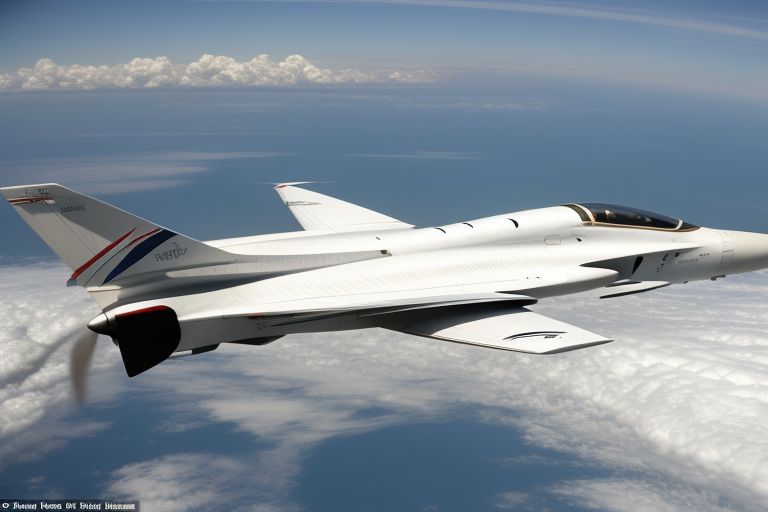In a bold leap forward in aviation technology, supersonic commercial flight is making a dramatic comeback, promising to halve travel times across the globe. This resurgence is driven by advancements in aerospace technology, new economic models, and a growing demand for faster travel options.
The New Era of Supersonic Travel
Decades after the Concorde made its last flight, new players in the aerospace industry are bringing supersonic travel back to the commercial market. These modern aircraft promise not only faster speeds but also improved fuel efficiency, reduced noise pollution, and enhanced passenger comfort compared to their predecessors.
How Supersonic Planes Work
Supersonic aircraft are designed to travel faster than the speed of sound, typically exceeding speeds of Mach 1. The latest models aim to reach speeds of Mach 2 or higher, significantly cutting down international flight times. For example, a flight from New York to London could be reduced to just over three hours.
The technology behind these aircraft involves advanced aerodynamics to minimize air resistance and innovative materials to withstand the intense heat generated at high speeds. Additionally, new engine designs have made it possible to reduce the sonic boom — a major reason for the initial phase-out of earlier supersonic jets — making overland flights more feasible and less disruptive.
Environmental and Economic Considerations
One of the biggest challenges facing the return of supersonic travel is its environmental impact. However, developers are addressing these concerns by integrating sustainable technologies such as biofuels and more efficient engines that aim to meet strict emission standards.
Economically, the viability of supersonic jets is bolstered by targeting premium markets, where passengers are willing to pay higher prices for faster travel. This model relies on smaller aircraft that fill a niche market, differing from the broad consumer base that typical commercial flights cater to.
Regulatory and Logistical Hurdles
Bringing supersonic planes back into commercial use involves navigating complex regulatory environments. Noise regulations, speed restrictions, and safety standards all present significant hurdles that must be overcome. Manufacturers and airlines are working closely with regulatory bodies to ensure these new aircraft meet all necessary guidelines and safety standards.
Global Impact on Travel and Business
The reintroduction of supersonic flights could have a profound impact on international business and travel. Reducing flight times would make international trips more feasible for business professionals, potentially increasing face-to-face interactions and expediting global operations. Additionally, tourism industries could see changes as destinations become more accessible within shorter time frames.
The Road Ahead
Several companies are leading the charge in this revived industry, with prototypes in testing phases and some looking towards launches in the next decade. As these plans progress, the anticipation for a new age of air travel grows, with the potential to reshape how we think about distance and time.
Conclusion
The return of supersonic commercial flight represents a significant advancement in aviation, offering a future where long-distance travel is quicker and more efficient. While challenges remain, the solutions being developed to address environmental, regulatory, and economic concerns are paving the way for a sustainable and exciting future in high-speed air travel.




















+ There are no comments
Add yours